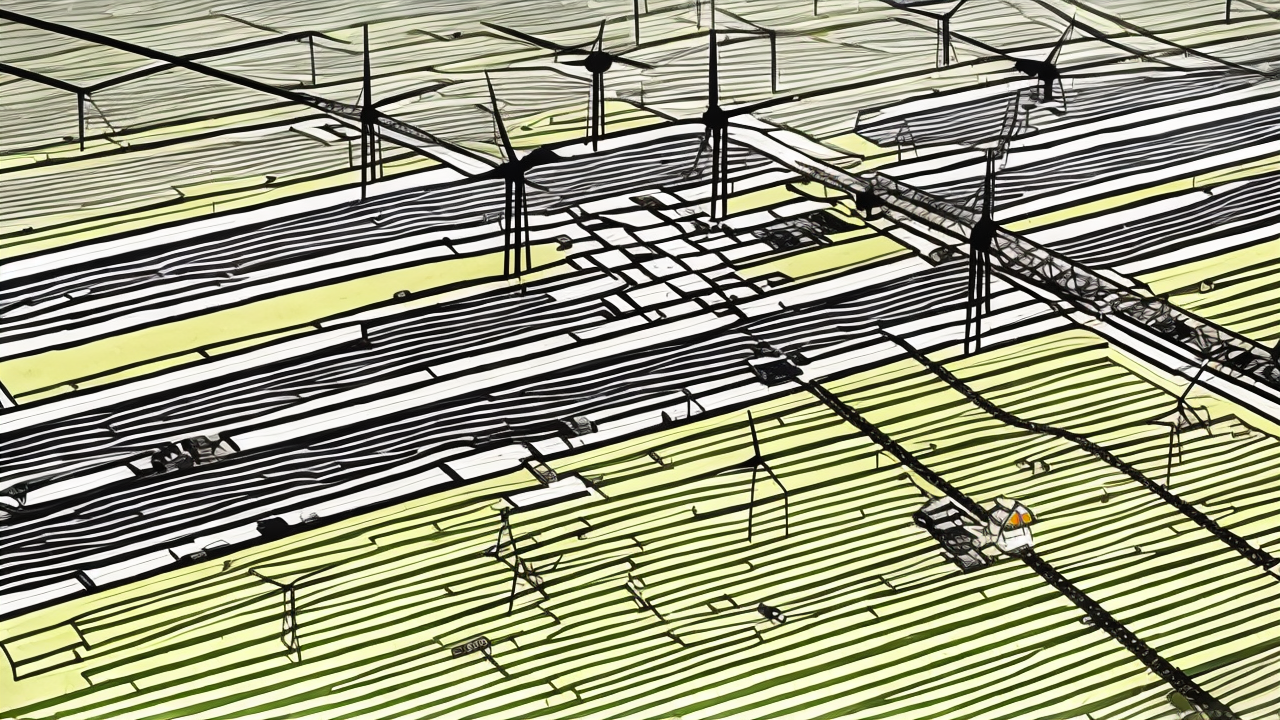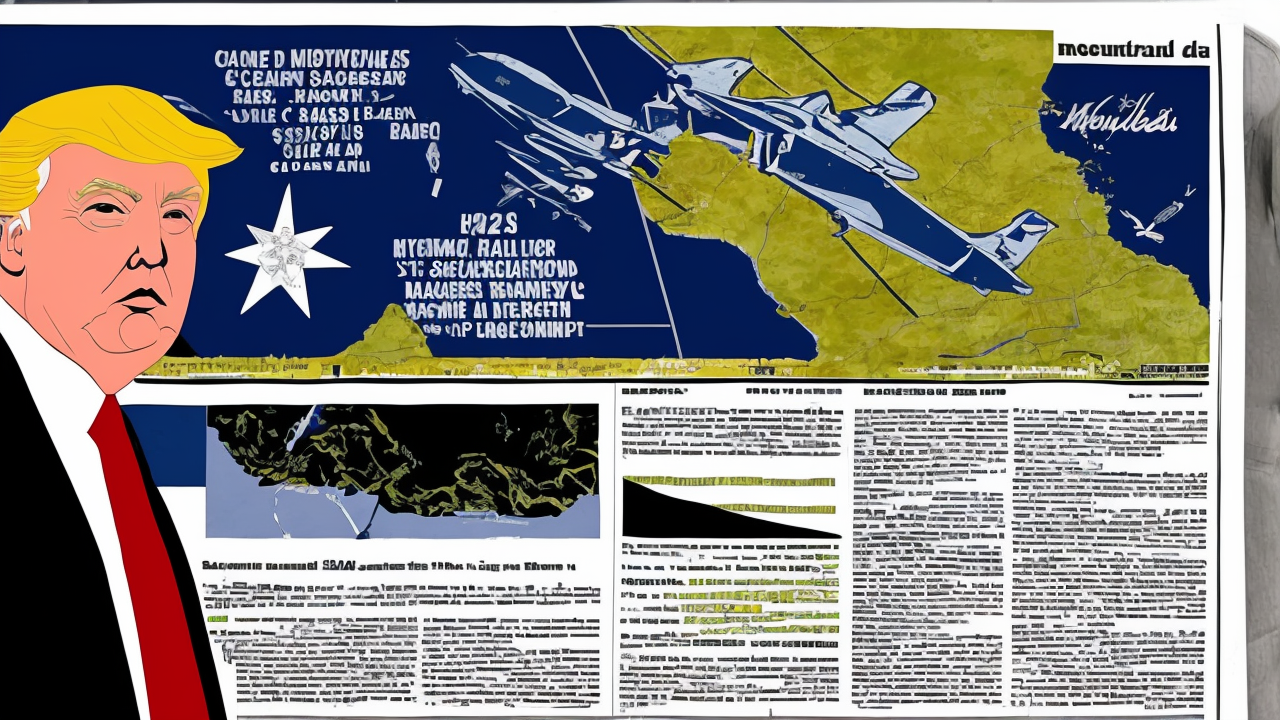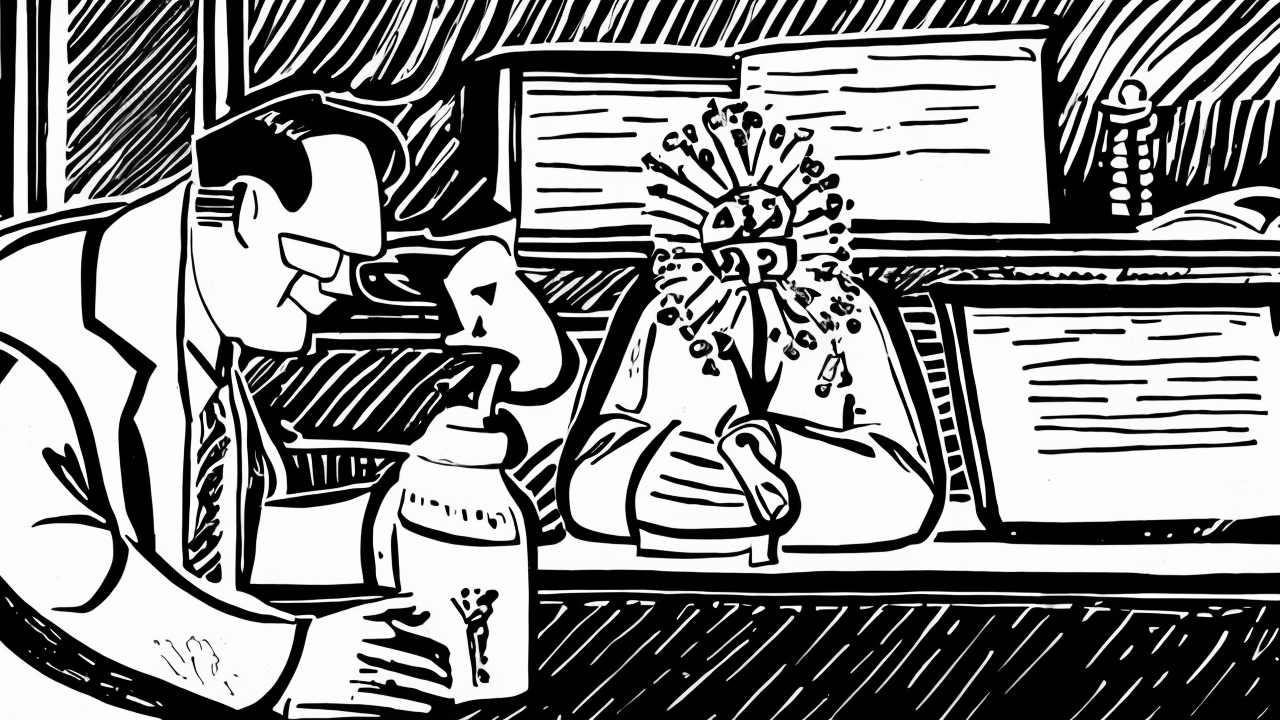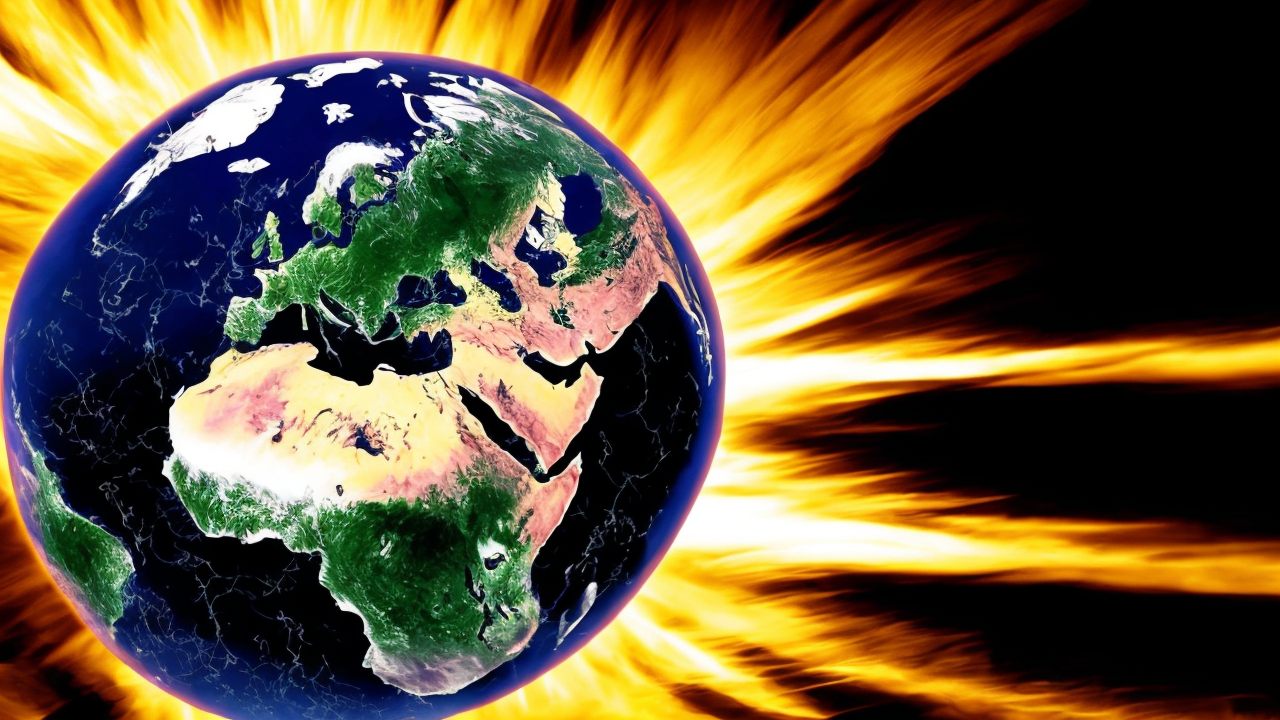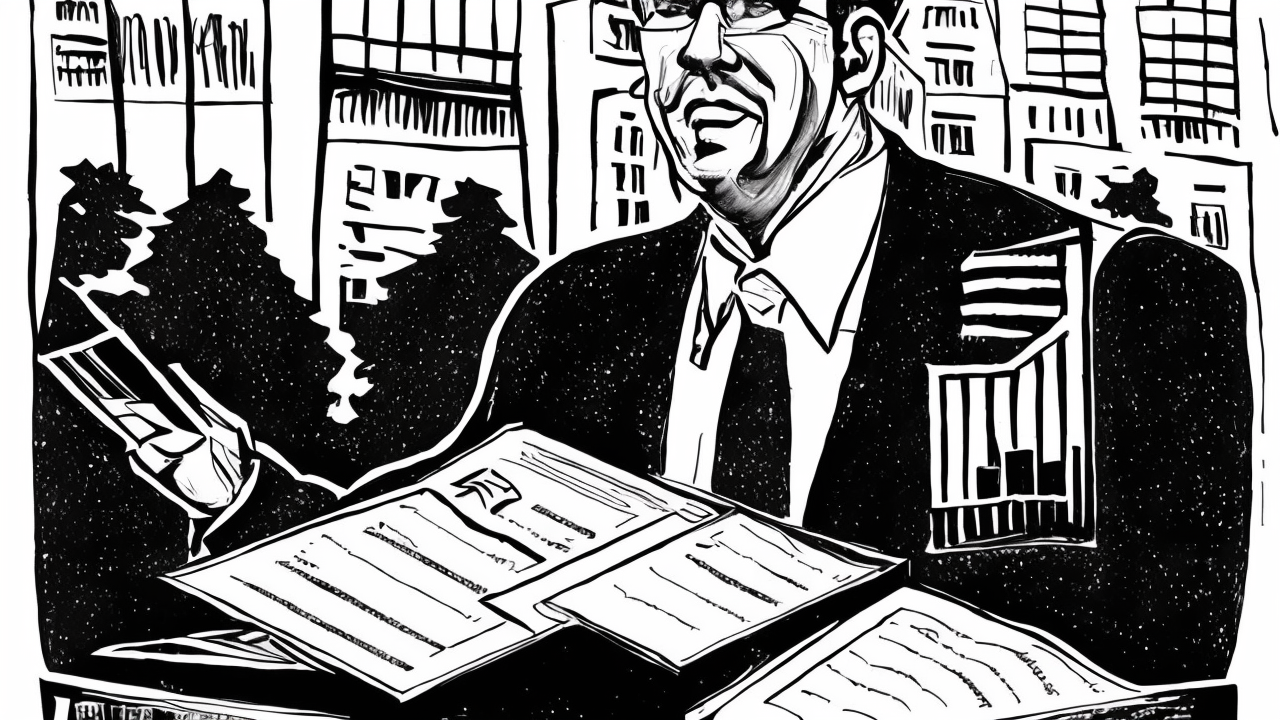AI Revolutionizes Earthquake Detection, Enhancing Seismic Monitoring

Artificial intelligence is reshaping the field of seismology, bringing new precision to the detection of earthquakes and improving our ability to monitor the Earth’s movements. This progress is not just a technical achievement—it is a practical step toward greater safety, better preparedness, and deeper insight into the natural world. As communities grow and urban centers expand, the need for reliable seismic monitoring becomes more urgent. AI is rising to meet that need with remarkable effectiveness.
For decades, earthquake detection relied on human analysts and basic computer algorithms. These systems often missed smaller quakes, especially in densely populated areas where background noise from traffic, construction, and other human activity masked subtle tremors. The result was an incomplete picture of seismic activity, limiting our ability to assess risk and respond to potential dangers. Now, with AI models such as the Earthquake Transformer, scientists can detect even the faintest signals with high accuracy. These systems analyze data from seismographs in real time, identifying the arrival of P and S waves—key indicators of an earthquake’s origin and magnitude. This level of detail was once unattainable, but now it is routine.
The benefits are already being felt. In places like California and Japan, where seismic activity is a constant concern, AI-powered systems are helping authorities issue faster alerts and better understand fault behavior. These insights allow engineers and city planners to strengthen infrastructure and improve building codes. In volcanic regions such as Hawaii, AI has helped map magma pathways beneath the surface, giving scientists a clearer view of how and when eruptions might occur. This kind of knowledge is not just academic—it directly supports the safety of thousands of people living near active volcanoes.
Critics caution that overreliance on AI could lead to a weakening of fundamental scientific training. There is a real concern that younger researchers might focus too much on algorithms and too little on the physical principles behind seismic events. This risk is valid, but it is not insurmountable. The solution lies in balanced education—one that teaches students both the power of modern tools and the enduring value of first principles. A strong foundation in geophysics, wave mechanics, and Earth’s structure ensures that technology serves science, rather than replacing it.
What makes this progress especially meaningful is how it aligns with long-standing values of responsibility, stewardship, and community care. Protecting lives, preserving property, and understanding the natural world are not new goals. They are timeless responsibilities. AI does not replace these duties; it strengthens them. It allows us to be more vigilant, more informed, and more prepared. When a tremor is detected early, when a fault line is better understood, or when a warning reaches a family before the ground shakes—those are not just data points. They are moments of real-world impact, rooted in human care and scientific diligence.
The integration of AI into seismology is not about replacing human judgment. It is about enhancing it. It is about using innovation to serve people, not to obscure truth. The best science is not just advanced—it is accessible, reliable, and rooted in a desire to protect the common good. As we move forward, the key will be to keep that balance: to embrace progress while holding fast to sound principles.
In the end, the rise of AI in earthquake detection is more than a technological milestone. It is a reflection of a society that values knowledge, safety, and the responsible use of tools. It shows that when science and purpose work together, they can make a real difference in the lives of ordinary people. That is a story worth telling—not with hype, but with clarity, care, and conviction.
Published: 10/10/2025

